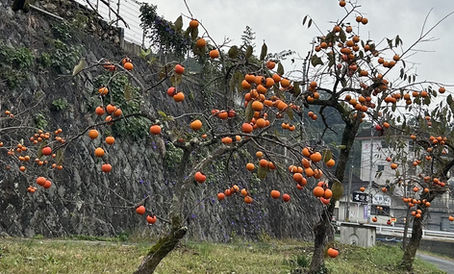There are small shrines everywhere in the urban areas of Japan's large cities.
- Masahisa Takaki

- Feb 2, 2023
- 1 min read
Updated: Feb 5, 2023
Most of these small shrines are Inari shrines with vermilion torii gates as shown in the photos. Inari shrines, whose main shrine is Kyoto's Fushimi Inari Shrine, are for good harvests or prosperous business. There are various types of Shinto shrines, which are unique to Japan, depending on the purpose of prayer, but the number of Inari shrines categorized by vermilion torii gates is overwhelming, and it is estimated that there are 100,000, including the small ones as shown in the photos. By the way, the total number of convenience stores such as Seven-Eleven and Lawson in Japan is about 50,000. The reason for this big number of Inari shrines dates back to the Edo period in the 17th-19th century. At that time, the custom of Tokyoites building small Inari shrines around the city became a trend. They prayed to those shrines for prosperous business, family safety and fire prevention. And this trend quickly spread across the country. The vestiges of Tokyo's original urban areas have almost disappeared now, but the small Inari shrines still stand in their original sites, because no one removed them for fear of being cursed. Interestingly, there are many cases that small Inari shrines, standing on the rooftop of high-rise building, were relocated from the grounds of those buildings.
Licenseed tour guide, travel consultant,
Masahisa Takaki.
全国通訳案内士 高木聖久。








Comments